The 3,794 m high Erebus volcano in Antarctica spews gold dust and various gases every day.
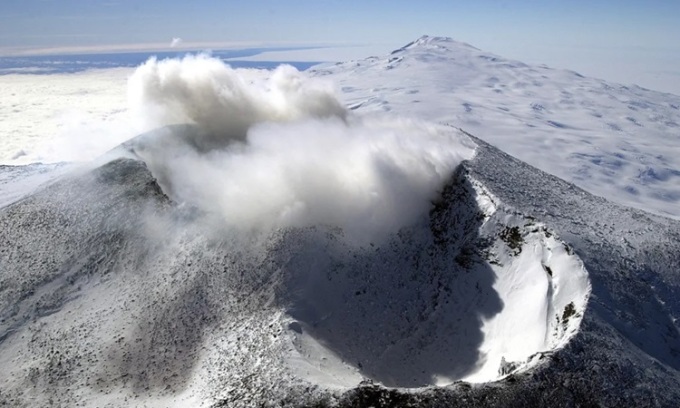
Erebus volcano on Ross Island, Antarctica. Photo: EOS
Scientists have found that Mount Erebus, the highest active volcano in Antarctica, spews out gold dust along with gas. In fact, American geologists first discovered this in 1991. Recent research has confirmed the 1991 discovery. Both then and now, experts have found gold in the gas emitted from the volcano as well as the surrounding snow, Interesting Engineering reported on April 19.
Scientists estimate that the amount of gold ejected daily is about 80 grams, worth $6,000. Philip Kyle, a researcher at the New Mexico Institute of Mining and Technology in Socorro, explained that the gold could have originated from volcanic rock. When lava from the 3,794-meter-high mountain erupts hot gas, some of the gold dust is carried into the air. The Erebus volcano ejects gold dust measuring 0.1 - 20 micrometers in the gas and 60 micrometers in the surrounding snow. Erebus is one of 138 active volcanoes in Antarctica, located on Ross Island. It is one of two active volcanoes in the region and ejects gold dust every day.
Researcher Conor Bacon of the Earth Observatory at Columbia University in New York said the volcano has been erupting continuously since 1972. According to Bacon, Erebus has a lava lake in a crater at its summit. Such a lake is actually quite rare because it requires special conditions to ensure the surface never freezes.
Bacon speculates that Erebus and the island have a limited number of permanent monitoring instruments, which mainly consist of seismometers to detect seismic activity associated with the volcano. Occasionally, researchers will deploy a more extensive network of instruments to conduct surveys, but that often comes with significant transportation challenges compared to other more accessible volcanoes around the world .
An Khang (According to Interesting Engineering )
Source link





![[Photo] Hanoi morning of October 1: Prolonged flooding, people wade to work](https://vphoto.vietnam.vn/thumb/1200x675/vietnam/resource/IMAGE/2025/10/1/189be28938e3493fa26b2938efa2059e)




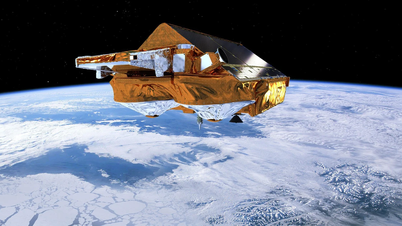

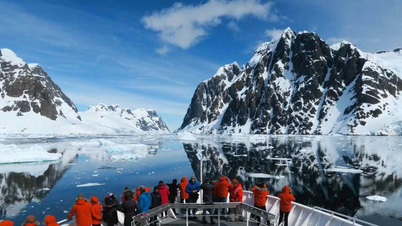


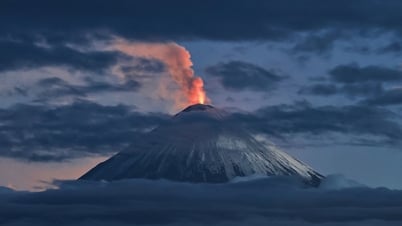
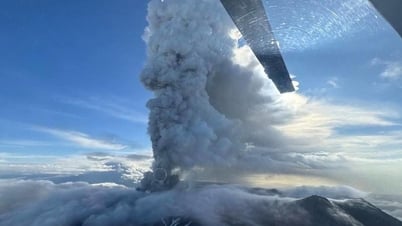



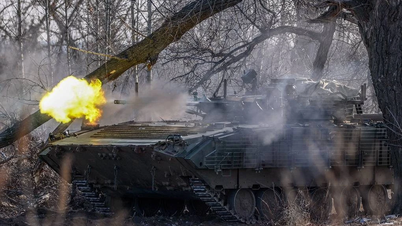














![[Photo] President Luong Cuong receives President of the Cuban National Assembly Esteban Lazo Hernandez](https://vphoto.vietnam.vn/thumb/1200x675/vietnam/resource/IMAGE/2025/9/30/4d38932911c24f6ea1936252bd5427fa)
![[Photo] The 1st Congress of Phu Tho Provincial Party Committee, term 2025-2030](https://vphoto.vietnam.vn/thumb/1200x675/vietnam/resource/IMAGE/2025/9/30/1507da06216649bba8a1ce6251816820)
![[Photo] Panorama of the cable-stayed bridge, the final bottleneck of the Ben Luc-Long Thanh expressway](https://vphoto.vietnam.vn/thumb/1200x675/vietnam/resource/IMAGE/2025/9/30/391fdf21025541d6b2f092e49a17243f)







































![[Megastory] A term of creation: An Giang rises from historical imprints](https://vphoto.vietnam.vn/thumb/402x226/vietnam/resource/IMAGE/2025/10/1/2660ab96e53f4270bcc37f8d39c36c78)



















Comment (0)